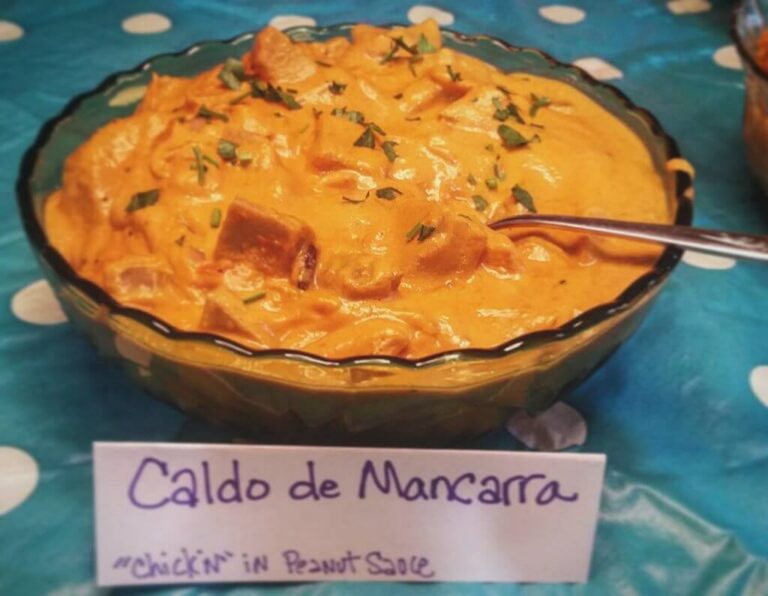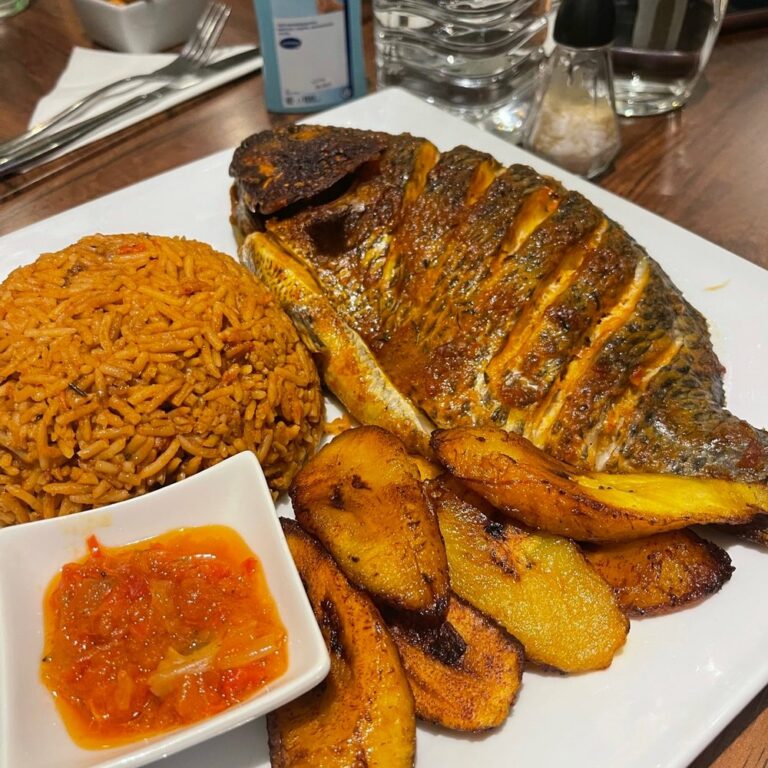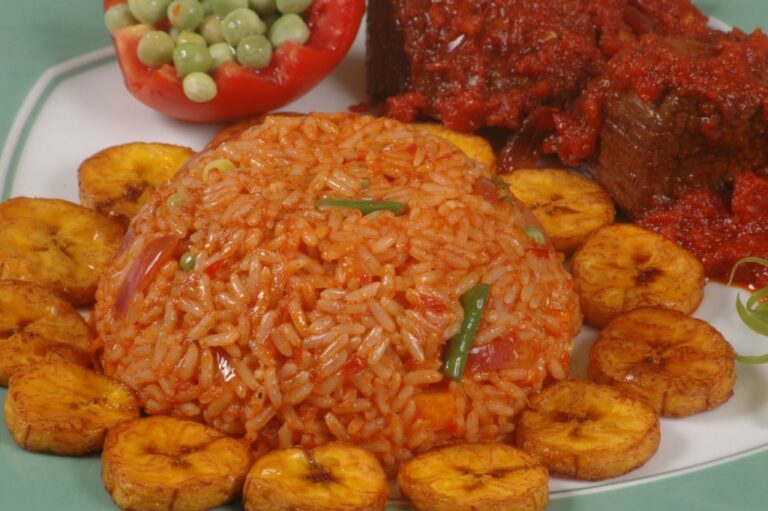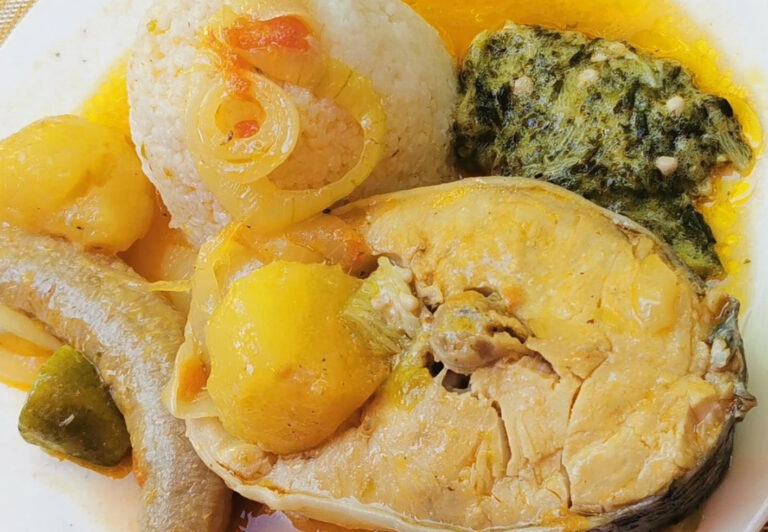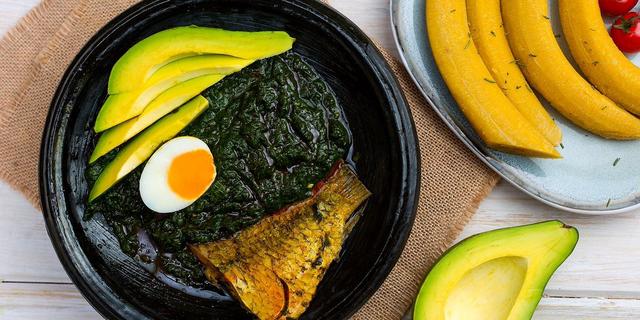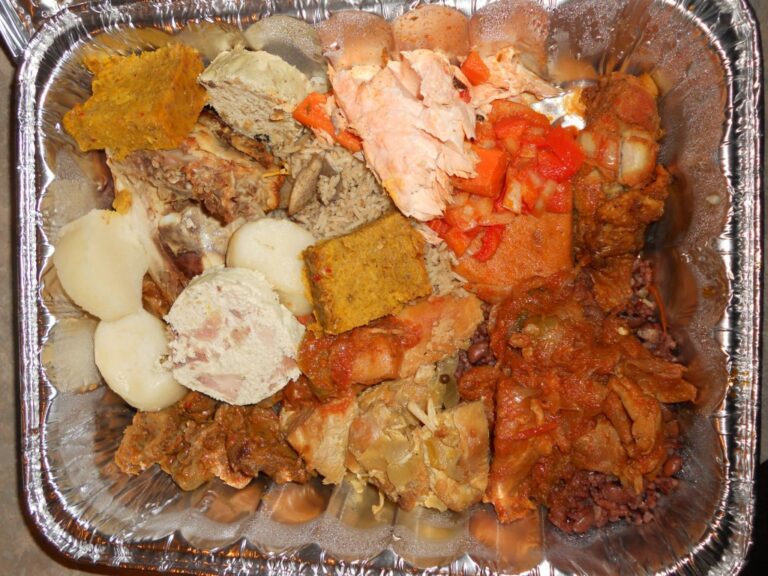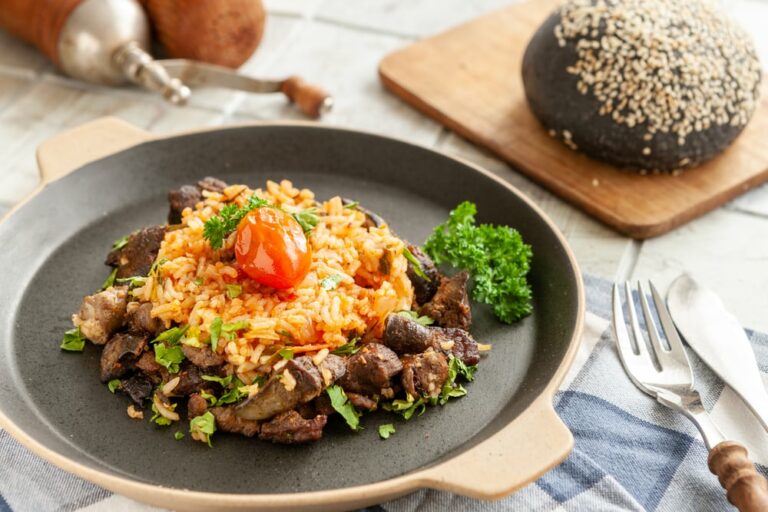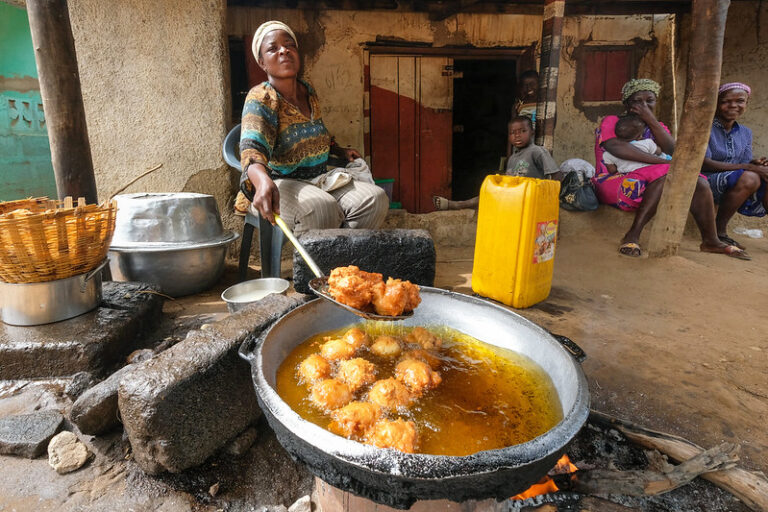Introduction: Guinea-Bissau cuisine
Guinea-Bissau is a small country located in West Africa, bordered by Senegal and Guinea. The country’s cuisine is heavily influenced by its history and geography, with traditional dishes featuring ingredients like rice, cassava, beans, and fish. As with many West African cuisines, spices and seasonings play an important role in Guinea-Bissau dishes, adding depth and complexity to their flavors.
Spices in Guinea-Bissau cuisine
Spices have been used in Guinea-Bissau cuisine for centuries, with many traditional dishes featuring a blend of spices and herbs. However, the use of spices in the country’s cuisine is not as intense as in other West African countries. Guinea-Bissau’s cuisine is often described as being more subtle and milder in flavor, with the spices used to enhance and complement rather than dominate the dishes.
Commonly used spices and seasonings
Despite being a milder cuisine, Guinea-Bissau’s dishes still feature a variety of spices and seasonings. Some of the most commonly used include ginger, garlic, chili peppers, coriander, parsley, and onions. These spices are often combined with stock cubes, palm oil, and coconut milk, creating a unique blend of West African and Portuguese flavors.
Mild vs. hot dishes: what to expect?
As mentioned earlier, Guinea-Bissau’s cuisine is generally milder in flavor, with spices used to enhance rather than overpower the dishes. However, this does not mean that there are no hot dishes to try in the country. Some dishes, such as the popular Yassa chicken, can be quite spicy, though the level of heat can vary depending on the cook and the region.
Influences on Guinea-Bissau cuisine
Guinea-Bissau’s cuisine is heavily influenced by its history and geography. The country was a Portuguese colony for over 400 years, resulting in a fusion of African and Portuguese flavors in its food. Additionally, the country’s location on the coast means that seafood is a major part of its cuisine, with dishes like fish stew being a popular choice.
Conclusion: the spice level in Guinea-Bissau cuisine
In conclusion, while Guinea-Bissau’s cuisine does feature a variety of spices and seasonings, it is generally milder in flavor than other West African cuisines. However, this does not mean that the dishes are lacking in flavor. The country’s unique blend of spices and ingredients creates a cuisine that is both complex and delicious, and well worth trying for any food lover.

